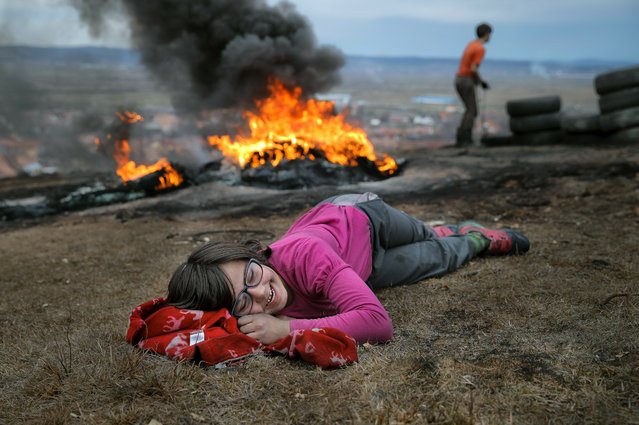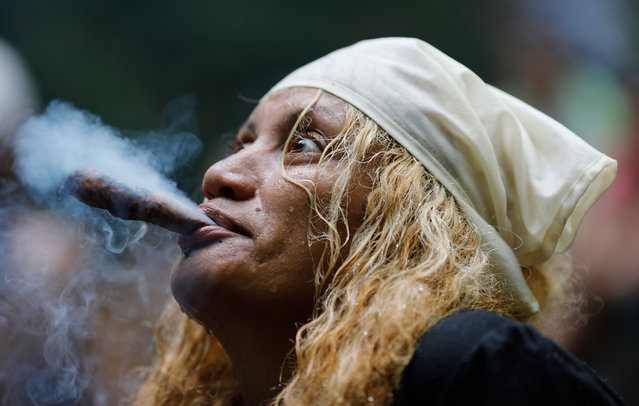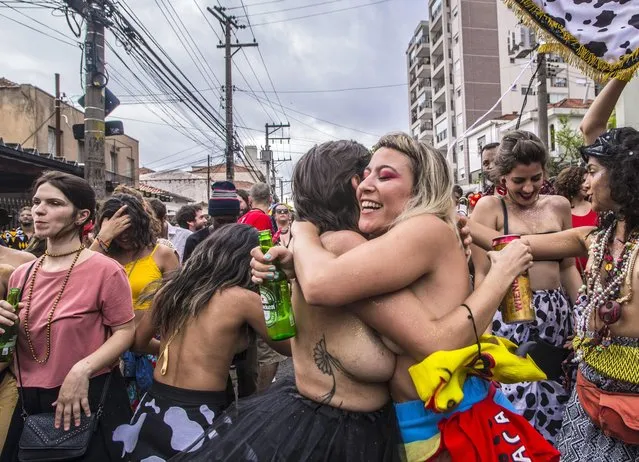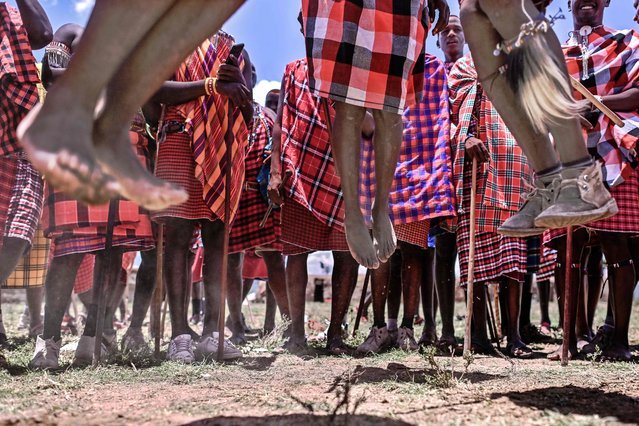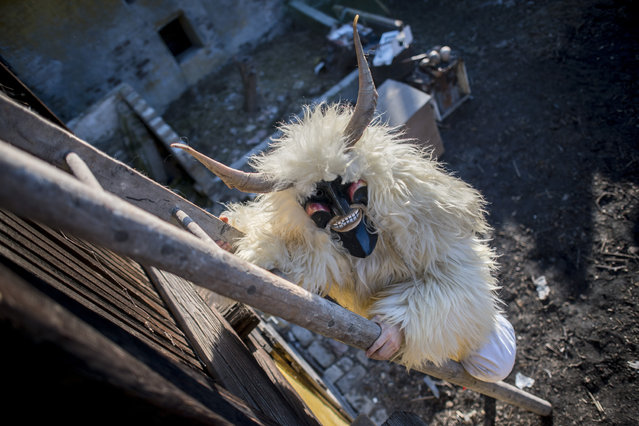
English model Leomie Anderson attends a private view of “The Mandalorian And The Child”, a special portrait being unveiled in collaboration with the National Portrait Gallery, on October 29, 2020 in London, England. The portrait will be available to the public to view for free on the 30th and 31st of October, and marks the arrival of the highly anticipated second season of “The Mandalorian” on Disney+. (Photo by David M. Benett/Dave Benett/Getty Images for Disney+)
20 Dec 2020 00:03:00,post received
0 comments

